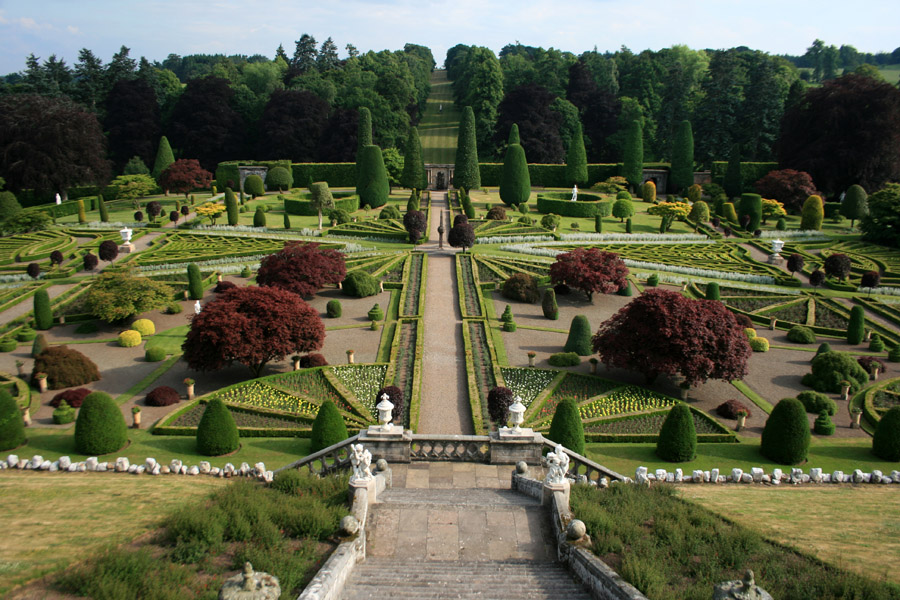Given the explosion of art and culture during the Italian Renaissance, garden art persisted and was in many ways stronger than ever. Even though there was such mastery of arts such as sculpting and painting, gardens remained an important part of artistic culture. What is it that makes the art of gardens unique and different from these other art forms, and why did gardens continue to be important even amongst all the masterworks happening within painting, architecture, sculptures, etc?
The Italian Renaissance was a time of great discovery and creation, and garden art is no exception. One might think that perhaps amongst the great volume of art being produced in other forms of art, the idea of complex and innovative gardens might not be as important. Perhaps it would have been good enough to create simple gardens and fill them with already impressive sculptures. But we can see from examples such as the magnificent Tivoli Gardens that this is simply not the case. Garden's reached what was at the time all-time heights as far as complexity and beauty of design is concerned. The reason for a continual interest in the art of gardens is that they provide a type of creative outlet that other arts cannot. Though one can master painting or sculpture, this is still mastery of human elements. One can perfectly blend paints and create a master still life or portrait. But this process is entirely human. On the other hand, gardening is the manipulation of nature. It is the taming and organizing of raw elements into something coherent and beautiful. This contact and tension between man and nature is what makes gardening not just special but uniquely rewarding and inviting. It is a way for man to both relate and feel closer with his natural surroundings but also to show his triumph and control over said surroundings. Taking the raw landscape and carefully cultivating an organized haven shows the true triumph of man. It is taking essentially natural chaos and creating something natural yet so intricate that only man could have done it. This is exemplified nowhere better than the gardens of the Renaissance, which not only master plants and flowers but also powerfully uses water to create stunning fountains and other hydraulic features. Looking at a Renaissance garden is not simply a way of seeing the beauty of nature, but also the power and triumph of man. Yes, this may be understood through art such as painting. But it is not to the same effect. It is an entirely man-made creation. On the other hand, gardens are the synthesis of the massive and sublime essence of nature and the controlled and delicate creations of man.



No comments:
Post a Comment